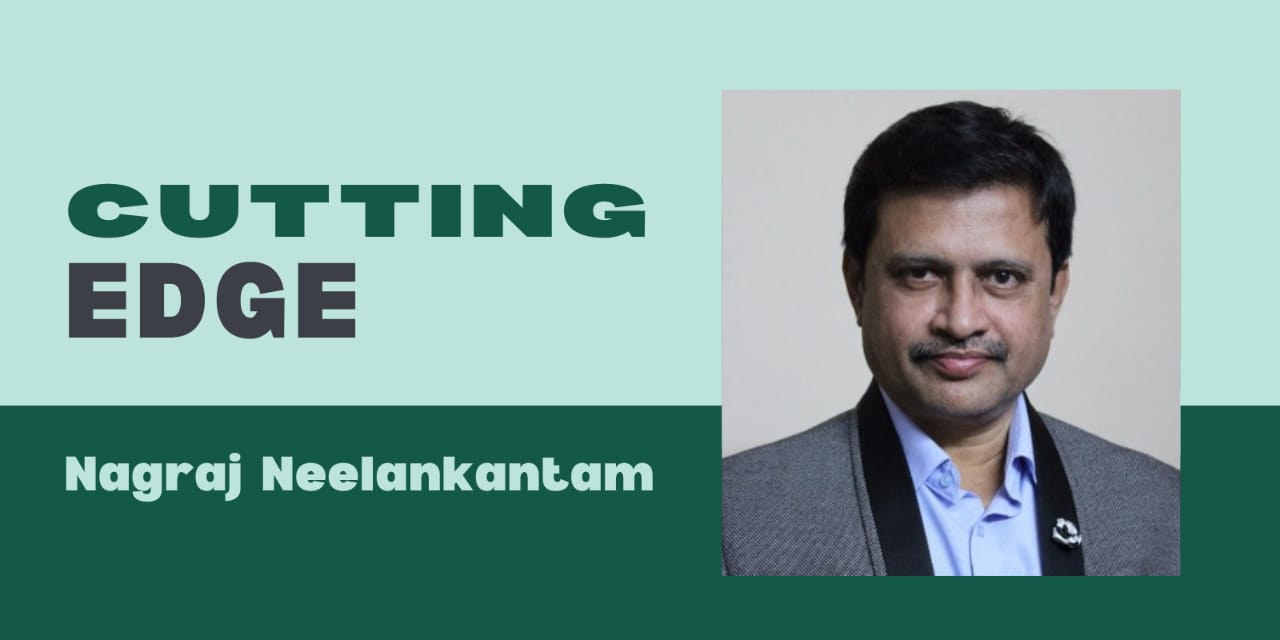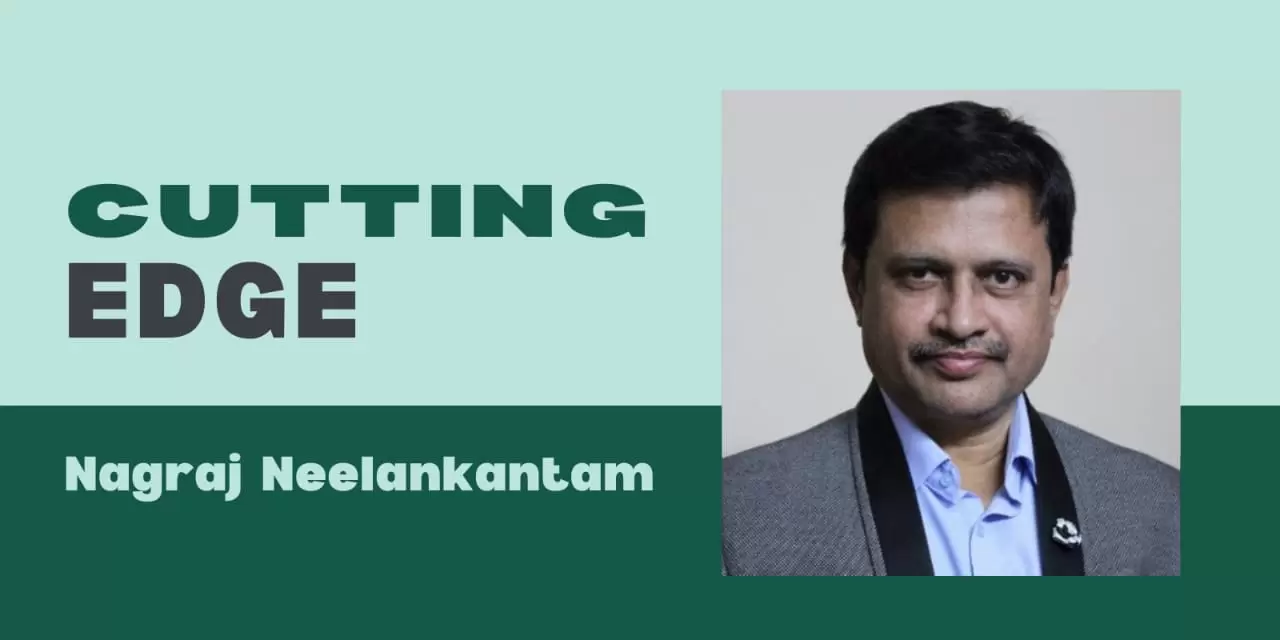There are moments in a nation’s journey when quiet endurance transforms into a collective roar of purpose. India today stands at that powerful crossroads—an awakening that feels both ancient and astonishingly new. Across its cities and villages, an unmistakable pulse of ambition reverberates. This is not merely economic growth or technological prowess; it is an inner revolution—a transformation born of resilience, creativity, and spiritual depth.
From once being perceived as a nation of survival to now emerging as a land of opportunity, India is scripting a narrative that reflects both her civilizational wisdom and her modern dynamism. The energy that once flowed through her freedom struggle now finds new expression in innovation, self-reliance, and a boundless vision for the future.
India’s transformation is a story of courage rediscovered. The struggles of the past have not been buried but reborn as lessons in strength. In every challenge—whether economic disparity, social complexity, or technological lag—Indians are discovering opportunities to innovate. What once seemed like limitations are now seen as raw material for progress.
The youth of India, in particular, are rewriting the rules. No longer waiting for opportunities to arrive, they are creating them—fuelled by a shared belief in the nation’s destiny. This collective consciousness is turning adversity into advancement, replacing imitation with innovation, and dependence with disciplined creativity.
There is a quiet yet profound psychological revolution unfolding in India. For decades, the nation’s progress was measured against the benchmarks of others. Today, it measures itself against its own boundless potential.
Innovation is no longer the privilege of a few; it is the instinct of many. Whether it is a small-town startup transforming agriculture or a young engineer building AI for global markets, Indians are proving that creativity is not confined by circumstance but driven by conviction. Visionary thinking—anchored in confidence and compassion—is becoming India’s new identity.
The strength of India lies not in escaping difficulty but in reimagining it. Every crisis, from climate change to economic disruption, has revealed the country’s extraordinary adaptability. India’s diversity—often viewed as a challenge—is now its greatest asset. It encourages a kind of mental flexibility and innovation that thrives under unpredictability.
This dynamic resilience is redefining progress, not as the absence of struggle but as the mastery of it. It is this spirit that transforms a nation’s story from survival to significance.

India’s emerging mindset reflects an elegant fusion of heritage and modernity. The rhythm of ancient discipline harmonises with the melody of modern innovation. It is a balance that gives India a unique moral and creative strength in a world often divided between material ambition and spiritual vacuum.
Indian youth today are guided as much by the Bhagavad Gita as by blockchain. Technology is not merely a tool for wealth—it is a medium of purpose. This merging of consciousness and commerce gives rise to a generation that leads not by domination but by inspiration.
What distinguishes India’s rise is the spirit that drives it. Indian leadership—whether in business, science, or social impact—often carries a quiet sense of purpose anchored in empathy. It is a leadership style less about conquest and more about contribution; less about authority and more about awareness.
This compassionate intelligence has begun to redefine the very idea of success. Across sectors, the focus is shifting from accumulation to impact, from haste to harmony. Such leadership not only elevates India but also offers a template for a more balanced world order.
While the world races for dominance, India walks a different path—one that harmonises progress with purpose. The Indian philosophy of balance—rooted in mindfulness, sustainability, and unity—is fast becoming central to global conversations on development and well-being.
Unlike traditional powers that sought to expand through material control, India’s influence grows through conscious expansion—spreading ideas that nurture, innovate, and unite. This synthesis of awareness and ambition positions India not just as a player in global politics but as a teacher in global consciousness.
India’s rise is no longer a promise—it is a phenomenon in motion. With the world’s youngest population, expanding technological frontiers, and an unbroken cultural heritage, the country stands uniquely poised to define the next century.
But beyond statistics and policies lies the deeper story of a nation discovering its essence: that greatness is not about power alone—it is about purpose. India’s strength comes not from what it conquers, but from what it creates, uplifts, and awakens.
In the grand mosaic of global transformation, India’s resurgence is not just a chapter—it is the beginning of a new consciousness. A consciousness where progress is humane, innovation is inclusive, and ambition is enlightened.
As the world watches, India reminds us that true dominance lies not in wealth or war but in wisdom. The nation’s greatest export may not be technology or talent—it may be truth itself: that compassion, creativity, and consciousness are the real engines of human progress.






